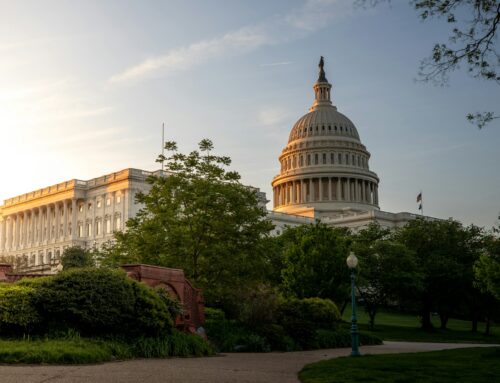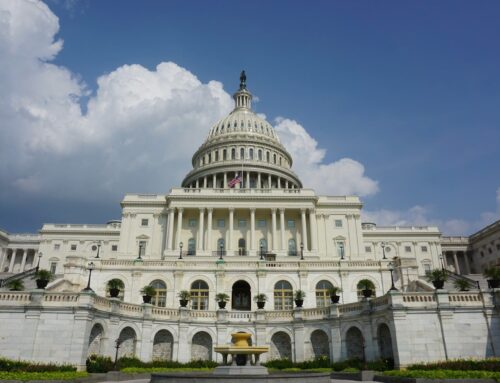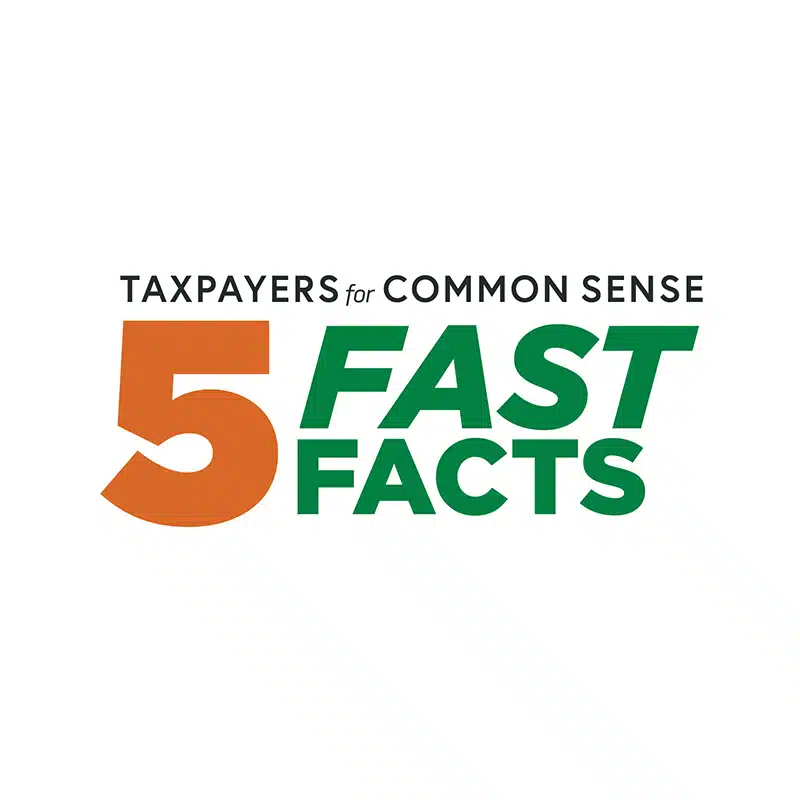The clock is ticking. The legislation authorizing government funding expires April 28, a mere week away.
Congress is still in recess and doesn’t return to D.C. until April 25th. Under the continuing resolution that was adopted in December, only Veterans Affairs and military construction activities have full year funding, every other part government has been funded at roughly fiscal year 2016 levels since October.
In other words, there’s still a lot to get done on fiscal year 2017 – even though we’re more than halfway through the fiscal year (which for the government begins October 1).
It would not be surprising if Congress went with another continuing resolution. Hopefully, just a short one of a few days to get their spending ducks in a row. A long term or year-long CR would be an embarrassment – the same party controls the House, Senate, and White House and they can’t get a spending bill done? So our money is on a bill getting completed.
The spending package is likely to be one big omnibus with all ten of the remaining spending bills jammed together. There was a time when the talk was of so-called minibuses where a couple of bills are cobbled into one, but there isn’t time for that. And it’s likely that there will be only hours between the time the possibly thousand-page (or more) bill is released and the voting begins. A few days to review details would be nice, but don’t count on it. We’ve seen this show before.
There are obstacles besides the time crunch that could hold up the bill. Even though the Republicans have the House, Senate, and White House, they will probably want or need Democratic support to get the bill through easily. Obviously, there is the possibility of a filibuster in the Senate where the Republicans would have to pick up at least 8 Democrats. That will largely hinge on agency funding levels and policy provisions or riders tacked on to the bill. Some of these riders may be added to get conservative support, but their inclusion could also drive away Democratic support. In the interest of time and to get the massive spending bill over the finish line, expect few riders. Besides, fiscal year 2017 is more than halfway over and riders are less important when the party controlling Congress also controls the White House. Policy riders are a back door attempt to force the Executive to not do things it would otherwise. You don’t have to use the back door when the front door is available to you.
The other reason to avoid a big fight is the possibility of a government shutdown. It is generally agreed that the Congressional majority has gotten the blame for shutdowns in the past. But that was when they were fighting with a President from the other party. In the current context a shutdown would likely be driven by the party in minority control opposing policy or cuts in the spending bill. It’s not clear who would get the blame in this case. Which is why neither party probably wants to take the chance. Besides, FY2017 spending levels were agreed to in the Bipartisan Budget Act of 2015. It doesn’t make sense to rehash that when fiscal year 2018 is right around the corner.
And that’s the last point. The President submitted his so-called “skinny” budget last month. This is a brief (in this case very brief!) outline of the President’s budget priorities for the upcoming fiscal year. The full budget release is expected in mid-May. Rather than fight proxy battles over a fiscal year that’s more than half over, lawmakers should dig in and fight bigger budget battles in the FY2018 budget process. So, close out fiscal year 2017 and let’s move on. It’s time to make the appropriations process great again. Or at the least, just make it.











Get Social